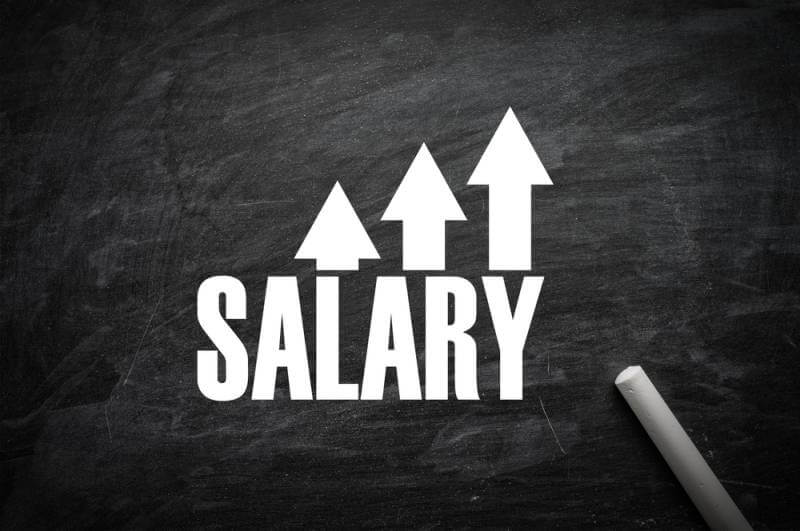Associates at major law firms were thrilled last summer when firms increased first-year associate salaries from $160,000 to $180,000 per year. Cravath Swaine & Moore was the first law firm to announce the pay hike. More senior associates enjoyed salary raises as well, of between $20,000 to $35,000 per year, with a maximum of $315,000 per year for eighth-year associates.
Other firms were quick to follow suit (at least for associates working in major markets like New York City, Washington DC, and Los Angeles). These firms include Cleary Gottlieb; Clifford Chance; Davis Polk; Gibson Dunn; Latham & Watkins; Milbank Tweed; Morrison & Foerster; Skadden Arps; Sullivan & Cromwell, and many others. For a list of firms that raised first-year associate salaries to $180,000, along with the AmLaw 200 partnership-per-profit rank of those firms, please see the following article: 2016 Law Firm Salary Chart – What Firms Are Giving Raises?
Firms felt compelled to make these raises in order to ensure they would not miss out on the best talent graduating from law school. They wanted to be able to hire the “best” new attorneys coming from the best schools. Also, firms are competitive with each other—and many felt the need to match the pay raises just so that they would continue to be perceived as “players” in the marketplace and would not lose any professional prestige or rank.
While associates no doubt benefit from higher wages, at least in the short-run, there are significant long-term downsides to these salary raises. The millions of dollars needed to fund these raises will have to come from somewhere, and in an increasingly cost-conscious legal marketplace, the end result will likely harm many attorneys and law firms.
As background, it is important to understand that the 2016 associate salary raises do not exist in a vacuum. They exist within a corporate and economic climate in which firms are under significant pressure to keep the costs of legal work as low as possible. In years past, many corporate clients would pay expensive law firm bills without much scrutiny, but that has now changed. Today, corporate clients are more cost-conscious than ever. They pay close attention to law firm bills and are far less tolerant of lavish expenditures. They balk at the idea that they (the client) should have to “foot the bill” to train a junior associate, even if that associate attended the best law school in the country.
Moreover, many corporate clients are no longer loyal to one or a few law firms. Instead, they shop their matters and cases around to different firms and decide which firm to hire based in large part on which firm is giving them a discount and agreeing to keep costs down.
So, where is the money going to come from to pay the increased associate salaries? It is not going to come from corporate clients. It is also not going to come out of the pockets of the few partners at the few firms that are considered so indispensable they can command the highest profits-per-partner.
Instead, the money is going to come from the middle zone in which the majority of BigLaw attorneys operate. Firms might lay off associates or even engage in a mass layoff. They might reduce the number of non-equity partners or counsel-level positions, or reduce the compensation of non-equity partners or counsels. They might even reduce the profits of less-important partners or shrink the size of the partnership altogether, so fewer (more important) partners can keep the same level of profits as before.
What this means for associates is that they may enjoy short-term benefits from huge salary raises, but in the long-run, those very salary increases are likely to make their jobs less secure, the legal market less stable, and their chances at making partner less likely.
For more information about the perils of associate salary increases and “salary wars” among law firms, please see the following article: Top 10 Reasons Why High Junior Associate Salaries Are Destroying the Legal Profession.















































